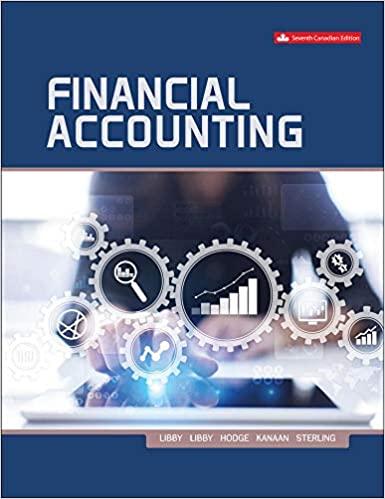Question
QUESTION 2 Life Situation Financial Data Single Monthly Income (after taxes) $1,450 Age 21 Personal Property $7,300 No Dependents Savings $2,000 College Student Student Loan
QUESTION 2
Life Situation Financial Data
Single Monthly Income (after taxes) $1,450
Age 21 Personal Property $7,300
No Dependents Savings $2,000
College Student Student Loan $3,000
Credit Card debt $2,400
Rent $400
Utilities $75
Car Insurance $100
Cell Phone $50
Credit Card Payment $40
Gas/ Car Maintenance $100
Cable/ Internet $45
Groceries $300
Clothing $50
Gifts & Donations $50
Since Shelby has fixed income each month, she has been using her credit card to make ends meet. Although she pays the minimum required by the credit card company each month, her credit card debt rising at an alarming state. She knows that she is not clear on where all of her money is going but she is glad to be able to share expenses with her roommate, Melinda. She does have a small amount of savings, but she is not sure it is enough if an emergency were to occur.
Answer the following questions:
- Since budget is made up fixed expenses and variable expenses, identify which of Shelbys expenses fall into each category. Then total each category and compare it to her monthly income to determine if she has a surplus or deficit [4 marks]
- Based on the information above, how much should Shelby have in an emergency fund? [2 marks] What steps should she take to reach this amount? [2 marks]
- Describe how Shelby might benefit from using the following Personal Financial Planner sheets for assessing her financial condition [4 marks]
- Creating personal balance sheet
- Creating a personal cash flow statement
- Developing a personal budget
Step by Step Solution
There are 3 Steps involved in it
Step: 1

Get Instant Access to Expert-Tailored Solutions
See step-by-step solutions with expert insights and AI powered tools for academic success
Step: 2

Step: 3

Ace Your Homework with AI
Get the answers you need in no time with our AI-driven, step-by-step assistance
Get Started


